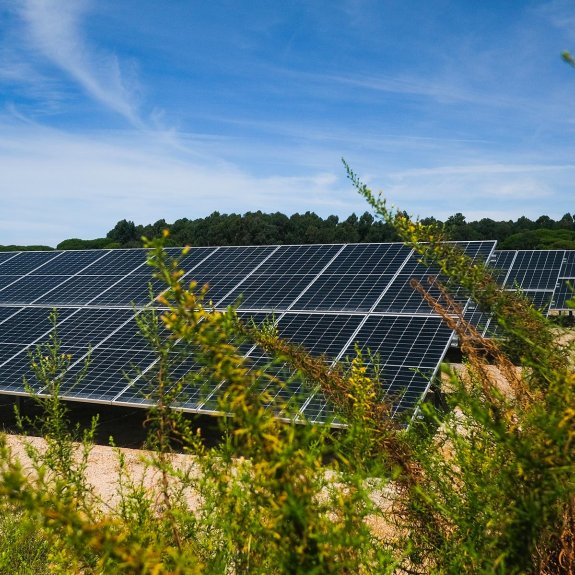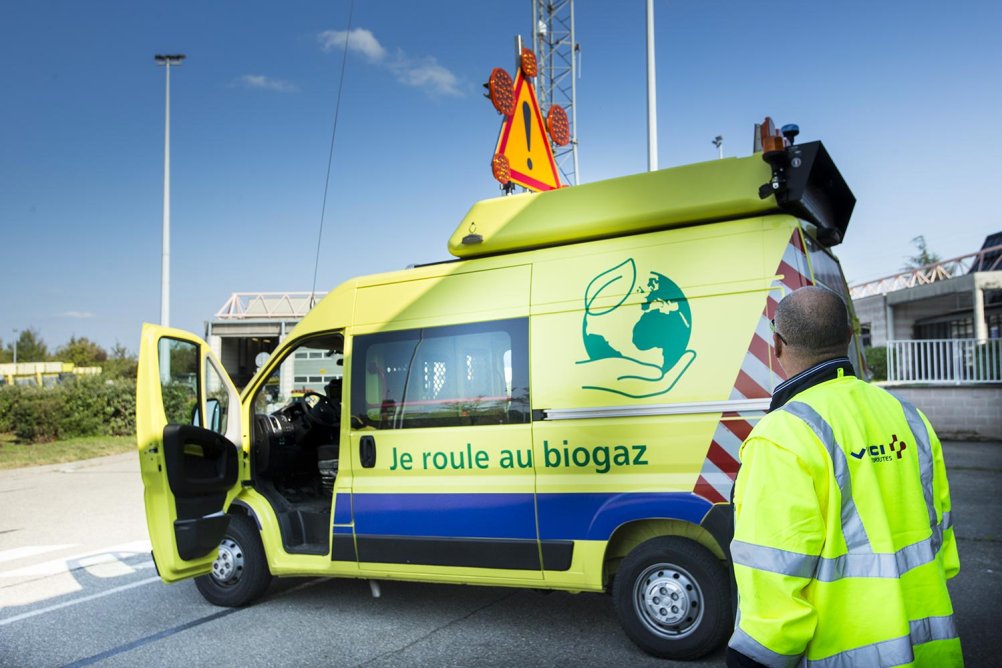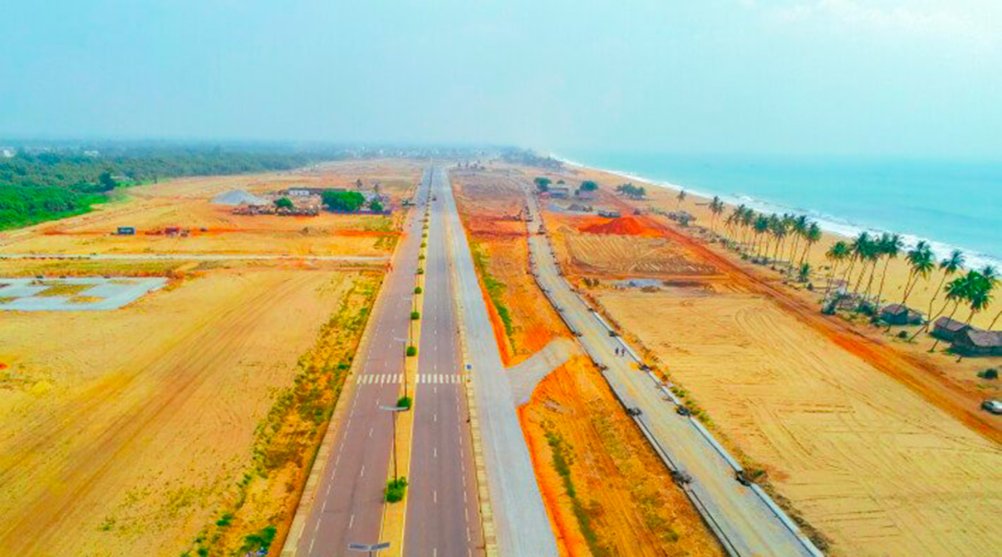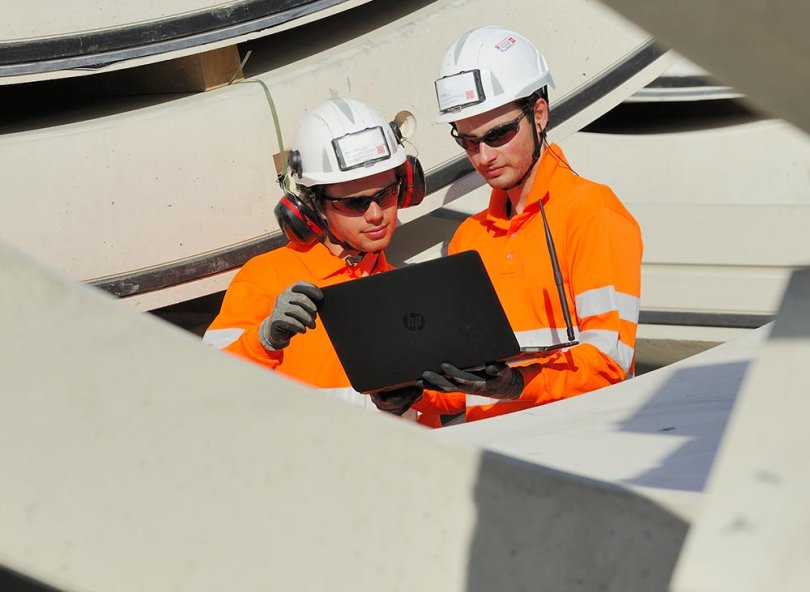
Sustainability reports
At VINCI, we participate in the collective effort to achieve carbon neutrality. We operate in the transport and construction sectors, which were responsible for more than 38% of annual greenhouse gas emissions worldwide (56% in France) in 20211. That is why we set an ambitious target to cut our direct and indirect emissions throughout our value chain.
This is one of the commitments in our Manifesto approved by the Science Based Targets initiative (SBTi). VINCI is taking action to remain in line with the commitments of the Paris Climate Agreement to limit global warming to well below 2°C by the end of the century.

Quick access
To do that, we mobilise our teams and our innovation potential. We have reassessed all our production and operating processes and equipment. The action plans currently being rolled out at Group level and within each business line all use indicators to measure their progress. They aim to unite employees, stakeholders and the users of buildings and infrastructure managed by VINCI in reducing both direct and indirect emissions simultaneously. In addition, a working group reflecting the full scope of our expertise was set up within our innovation and foresight platform, Leonard. The aim is to increasingly incorporate resilience into projects, structures and solutions.

We aim to reduce our direct greenhouse gas emissions by 40% from 2018 levels by 2030 for our traditional businesses. This target covers Scope 1 (direct emissions from our business activities) and Scope 2 (emissions from our energy consumption).
For concessions, our commitment is a 50% reduction over the same period.
Target
40%
reduction in direct greenhouse gas emissions by 2030 (compared with 2018)
-14%
in greenhouse gas emissions, compared with 2018 (Scopes 1 and 2, excluding the impact of acquisitions)
37%
of electricity used was from renewable sources

We aim to reduce our indirect emissions by 20% from 2019 levels by 2030. This target covers Scope 3, i.e. all of our indirect emissions (except energy consumption, which is included in Scope 2), for example, emissions from purchased goods and services.
Our subsidiaries, such as VINCI Construction and VINCI Autoroutes, have their own specific targets to participate in these collective reduction efforts.
Target
20%
reduction in indirect greenhouse gas emissions by 2030 (compared with 2019)
Target
50%
reduction in carbon emissions, on average, at all VINCI Autoroutes worksites by 2030 (compared with 2019)
43.5Mt
of indirect greenhouse gas emissions (Scope 3)
50%
low-carbon concrete used by VINCI Construction’s Building France and Civil Engineering France divisions

VINCI Autoroute Low-Carbon Project: reducing transport emissions
With its low-carbon motorway project, VINCI Autoroutes is helping to reduce emissions associated with road travel. This project involves developing, in partnership with local stakeholders, infrastructure, equipment and services to promote the decarbonisation of vehicles (charging infrastructure, hydrogen and biogas stations, etc.), the densification of shared modes (carpooling carparks, dedicated lanes for coach routes, etc.) and the interconnection of transport modes (multimodal park-and-ride facilities).

Low-carbon concrete: building more sustainably
Concrete production generates 5% of the world’s greenhouse gas emissions. VINCI Construction launched its Exegy® low-carbon concrete range in September 2020 to decarbonise concrete on a massive scale and turn it into a material for the future. Exegy® is setting new industry standards by introducing formulations that reduce CO2 emissions by up to 60% compared with traditional concrete while displaying equivalent – if not even superior – strength and resistance properties for a similar cost.
We intend to work with all industry players to significantly develop the use of these types of concrete in both buildings and infrastructure. We are also committed to introducing the widespread use of low-carbon concrete in our own projects over the next decade.

The impacts of global warming, especially including the physical consequences of extreme weather events, can jeopardise our constructions. We include resilience in risk assessments, to strengthen the ability of the cities and regions we operate in to overcome and adapt to the impacts of climate change.
A research group was set up within our innovation and foresight platform, Leonard, to pool the Group’s full scope of expertise in resilience and increasingly incorporate it into the Group’s products, services, projects, structures and solutions.